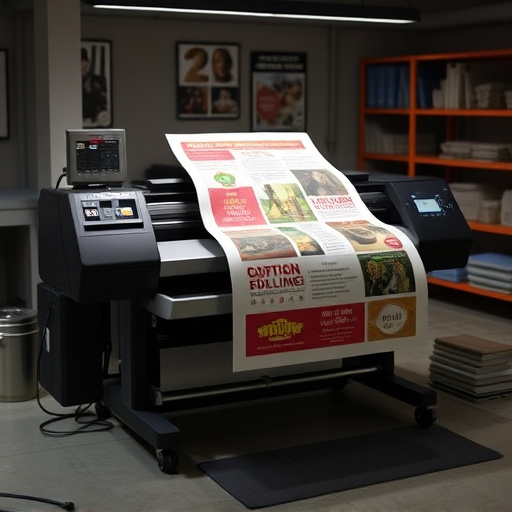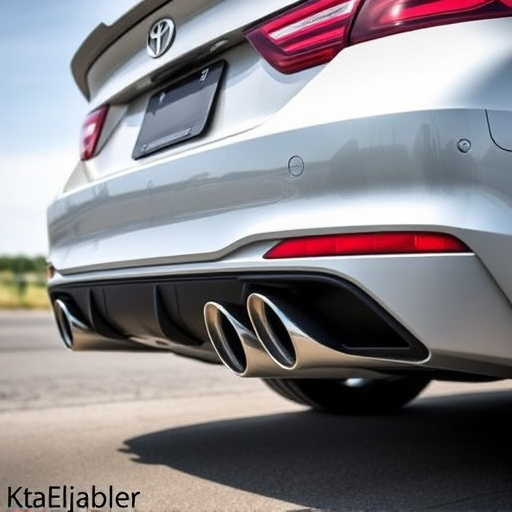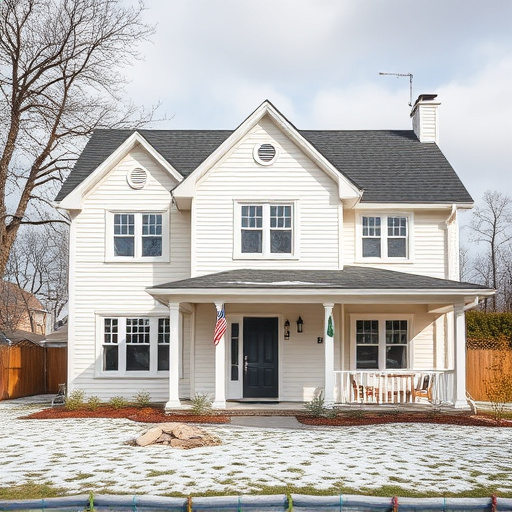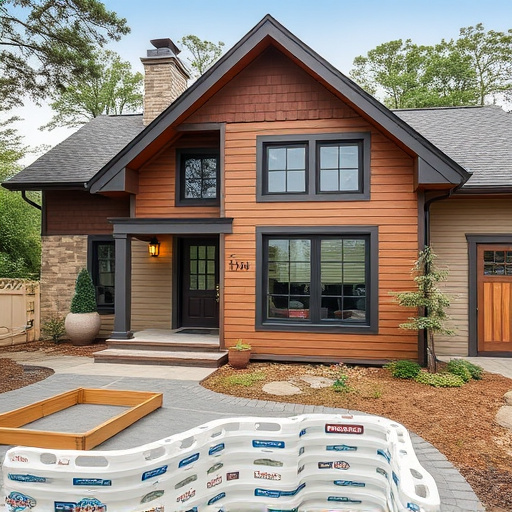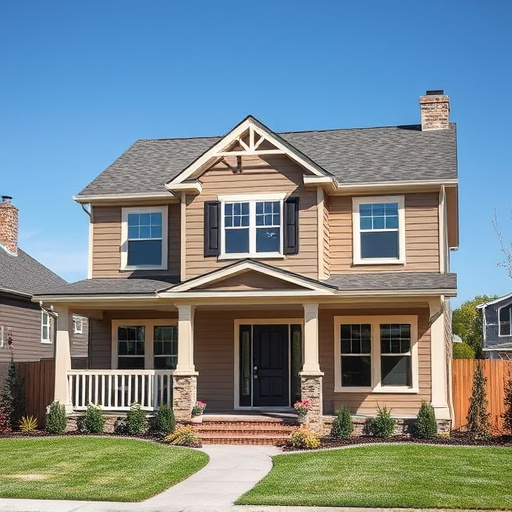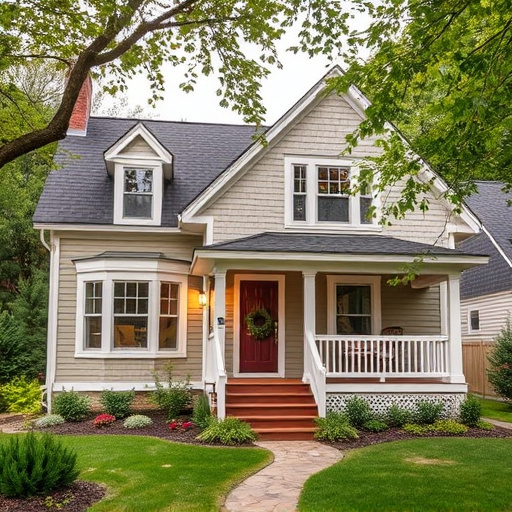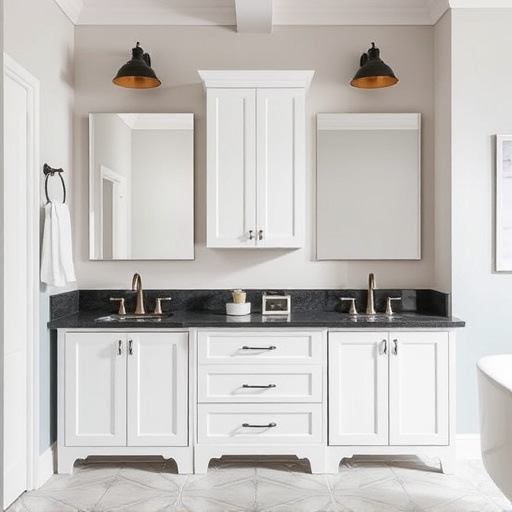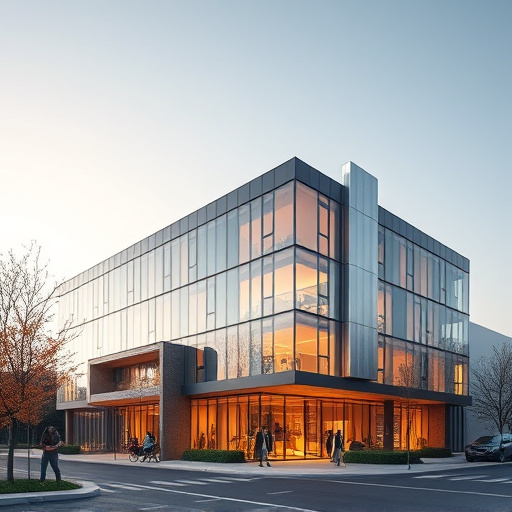Hardwood flooring options include engineered and solid varieties. Engineered floors offer stability, durability, eco-friendliness, and humidity resistance, while solid hardwood boasts natural beauty, longevity, and ease of refinishing. Cost, installation complexity, and maintenance differ between the two, with engineered floors being more budget-friendly upfront and solid hardwood potentially saving money long-term. Proper care is crucial for both to ensure their longevity.
Choosing between engineered wood or solid hardwood flooring is a significant decision for any home project. This guide breaks down the key differences between these two popular options, helping you navigate the selection process. We’ll explore the unique characteristics of each, focusing on cost-effectiveness, ease of installation, and long-term maintenance requirements. Whether you’re drawn to the natural beauty of solid wood or the versatility of engineered floors, understanding these distinctions will ensure a smart investment in your hardwood flooring.
- Understanding Engineered Wood Flooring
- Solid Hardwood: Natural Beauty and Durability
- Key Comparisons: Cost, Installation, and Maintenance
Understanding Engineered Wood Flooring
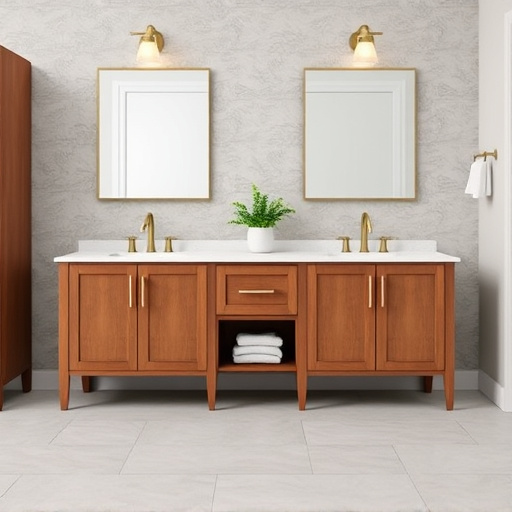
Engineered wood flooring is a popular choice for those seeking an alternative to solid hardwood. It’s crafted by layering multiple sheets of wood or veneers, bonded together with adhesives to form a robust core. This core is then topped with a thin layer of real hardwood, often chosen for its aesthetic appeal. This construction offers several advantages. Engineered floors are more stable than solid hardwood, less prone to warping or cupping, especially in high-humidity areas or regions with significant temperature fluctuations.
This makes them a practical option for both residential and commercial spaces, including areas that may be subject to exterior painting or interior redecorating without compromising the floor’s integrity. Moreover, engineered wood flooring is an eco-friendly choice as it uses less raw material than solid hardwood and can often be refinished multiple times, extending its lifespan and reducing waste in comparison to traditional solid hardwood flooring.
Solid Hardwood: Natural Beauty and Durability
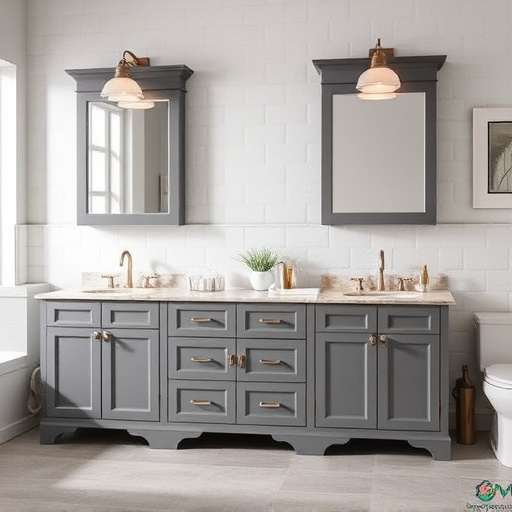
Solid hardwood flooring is renowned for its natural beauty and enduring appeal, making it a popular choice for those seeking a timeless and elegant look in their homes. Each plank offers a unique grain pattern and color variation, adding depth and character to any room. This type of flooring is particularly prized in areas like kitchens and living rooms, where aesthetics meet functionality. Not only does solid hardwood enhance the overall aesthetic of renovation projects, but it also provides exceptional durability. With proper care, these floors can last for generations, making them a wise investment for home improvement services.
The natural resilience of solid hardwood makes it resistant to wear and tear, enabling it to withstand high foot traffic without showing significant signs of damage. This longevity is especially beneficial in areas prone to frequent interior painting or remodeling, as it ensures that flooring remains intact during transformations, allowing for easy refinishing when needed. Its ability to adapt and age gracefully means that solid hardwood flooring can be a centerpiece in both modern and traditional interiors.
Key Comparisons: Cost, Installation, and Maintenance
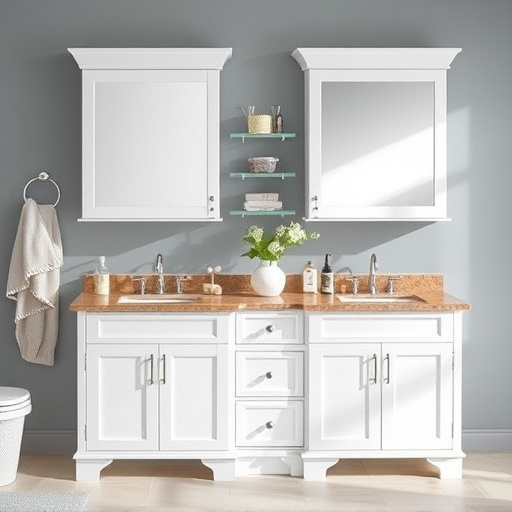
When comparing engineered hardwood flooring to solid hardwood flooring, cost is a significant factor to consider for any home transformations or multiple room remodel projects. Engineered floors often come at a lower upfront cost, making them an attractive option for those on a budget. However, over time, high-quality solid hardwood may prove more economical due to its longevity and potential resale value increase. Installation complexity varies between the two types. Solid hardwood requires skilled craftsmanship and can be more labor-intensive, impacting overall installation costs. Engineered flooring, with its layered construction, is typically easier and faster to install, reducing labor expenses.
Maintenance is another key difference. Solid hardwood floors need regular cleaning and refinishing over time to maintain their finish and appearance. This involves sweeping, vacuuming, and occasional deep cleaning. In contrast, engineered floors are more versatile in terms of maintenance, especially for areas like bathroom remodels. They can often withstand higher moisture levels without damage and may require less frequent sanding and refinishing. However, both types demand careful consideration to ensure proper care and longevity, regardless of the initial choice.
When choosing between engineered and solid hardwood flooring, understanding their distinct characteristics is key. While both offer beautiful natural looks, solid hardwood provides superior durability and a longer lifespan due to its solid wood construction. Engineered flooring, with its multiple layers, offers affordability and versatility in installation options but may sacrifice longevity. In terms of maintenance, solid hardwood requires more care but is less susceptible to moisture damage. Ultimately, the best choice depends on your preferences, budget, and intended use, ensuring your home boasts stunning and long-lasting floors.





